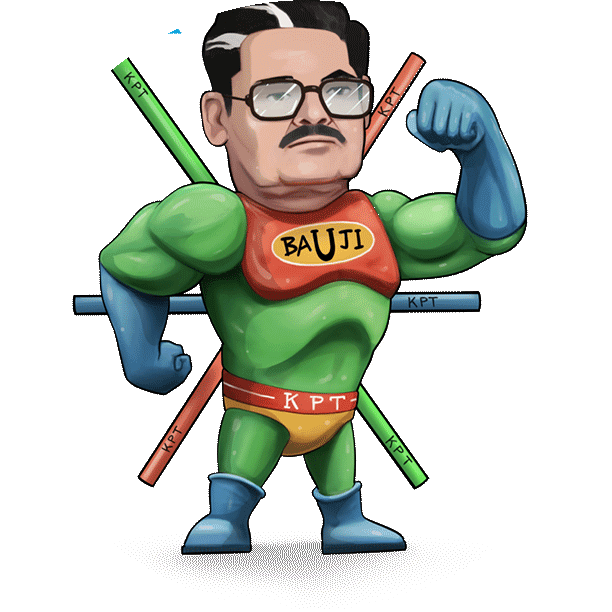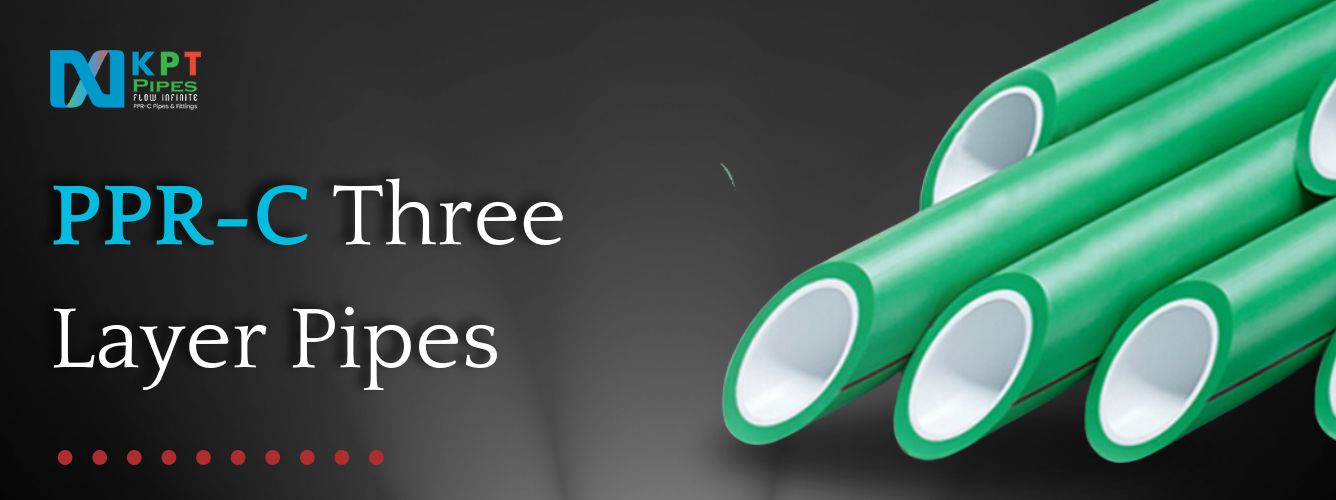In the realm of modern plumbing and construction, PPR-C three-layer pipes have emerged as a groundbreaking solution, setting new standards for durability, efficiency, and safety. These pipes, distinguished by their innovative structure, offer numerous advantages over traditional piping systems. This blog delves into the intricacies of PPR-C three-layer pipe, highlighting their benefits and diverse applications.
Table of Contents
ToggleWhat Are PPR-C Three-Layer Pipes?
PPR-C pipes, also known as Polypropylene Random Copolymer pipes, are a type of thermoplastic piping system widely used in various plumbing applications. The term “three-layer” describes the pipe’s sophisticated design, composed of three separate layers.
- Inner Layer: Made of pure PPR, this layer ensures the pipe’s resistance to chemical reactions and ensures safe drinking water transport.
- Middle Layer: Composed of a reinforcing material, such as aluminium or fibreglass, this layer enhances the pipe’s strength and thermal stability.
- Outer Layer: Also made of PPR, this layer provides additional protection against external environmental factors and physical damage.
Benefits of PPR-C Three-Layer Pipes
1. Enhanced Durability
One of the standout features of PPR-C three-layer pipe is their exceptional durability. The inclusion of a reinforcing middle layer significantly improves the pipe’s resistance to pressure and temperature fluctuations. This makes them an ideal choice for both residential and industrial applications where high durability is required.
2. Superior Thermal Insulation
The three-layer structure of PPR-C pipes provides excellent thermal insulation. This property ensures that the temperature of the transported fluids remains stable, reducing energy loss and improving the efficiency of heating and cooling systems. PPR-C pipes are highly regarded for their thermal efficiency, making them an excellent choice for both hot and cold water systems.
3. Corrosion and Chemical Resistance
Unlike traditional metal pipes, PPR-C three-layer pipes demonstrate outstanding resistance to corrosion and chemical reactions. The pure PPR inner layer ensures that the pipe does not react with the fluids passing through it, making it suitable for transporting various chemicals and ensuring the longevity of the piping system.
4. Low Maintenance Requirements
The durability and resistance properties of PPR-C pipes contribute to their low maintenance needs. After installation, these pipes necessitate very little maintenance, thereby lowering long-term upkeep expenses and guaranteeing a dependable plumbing system.
5. Ease of Installation
PPR-C three-layer pipe are lightweight and easy to handle, making installation straightforward and efficient. The pipes can be easily cut, joined, and fitted, which speeds up the installation process and reduces labour costs. Additionally, the joining process typically involves heat fusion, which creates a seamless and leak-proof connection.
6. Sustainability
PPR-C pipes are made from recyclable materials, contributing to environmental sustainability. Their long lifespan and resistance to degradation mean that fewer pipes need to be replaced over time, further reducing environmental impact.
Applications of PPR-C Three-Layer Pipes
1. Residential Plumbing
In residential settings, PPR-C three-layer pipe are commonly used for both hot and cold water distribution systems. Their resistance to high temperatures makes them ideal for carrying hot water without risk of deformation or leakage. Additionally, their chemical resistance ensures safe and clean drinking water delivery.
2. Commercial and Industrial Use
For commercial and industrial applications, PPR-C pipes offer robust solutions for transporting a variety of fluids, including chemicals and industrial liquids. Their high pressure and temperature resistance make them suitable for complex industrial systems where durability and reliability are paramount.
3. Heating Systems
PPR-C three-layer pipes are also used in heating systems, such as underfloor heating and radiator systems. Their excellent thermal insulation properties ensure efficient heat transfer and reduced energy consumption, enhancing the overall performance of heating systems.
4. Agricultural Applications
In agriculture, PPR-C pipes are employed for irrigation systems due to their resistance to chemicals and environmental factors. Their durability ensures a long-lasting irrigation system that can withstand the harsh conditions of agricultural environments.
5. Fire Protection Systems
The fire resistance of PPR-C pipes makes them suitable for fire protection systems. They are used in sprinkler systems and other fire suppression applications where reliability and performance are critical.
Conclusion
PPR-C three-layer pipes represent a significant advancement in piping technology, offering a host of benefits including enhanced durability, superior thermal insulation, and resistance to corrosion and chemicals. Their diverse applications across residential, commercial, industrial, and agricultural sectors highlight their versatility and reliability. As the demand for high-performance plumbing solutions continues to grow, PPR-C pipes stand out as a leading choice for modern piping systems.
For those seeking to implement state-of-the-art piping solutions, KPT Pipes stands as a premier manufacturer, committed to delivering high-quality PPR-C three-layer pipe that meets the highest industry standards. Explore the potential of PPR-C pipes and experience the benefits of advanced piping technology with KPT Pipes, your trusted partner in innovation and excellence.



